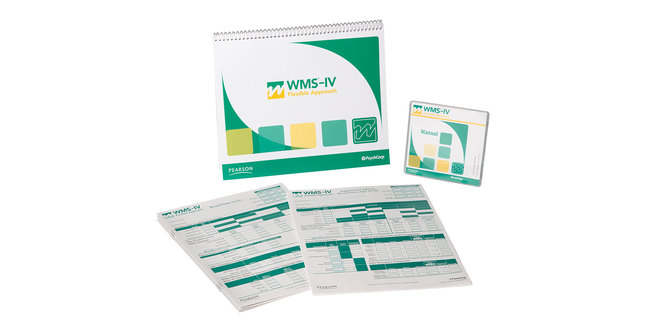Wechsler Memory Scale® Fourth Edition (WMS®-IV) is the most widely used scale of adult memory. In response to changing demographics, increased caseload, and new research and clinical needs, this latest edition of the memory test includes four new subtests and modifications to three existing subtests. Eight subtests have also been eliminated. Guidance on using this test in your telepractice.WMS-5 now available
Wechsler Memory Scale | Fourth Edition
WMS-IV
Wechsler Memory Scale® Fourth Edition (WMS®-IV) is the most widely used scale of adult memory. In response to changing demographics, increased caseload, and new research and clinical needs, this latest edition of the memory test includes four new subtests and modifications to three existing subtests. Eight subtests have also been eliminated. Guidance on using this test in your telepractice.WMS-5 now availableChoose from our formats
Kits
Starter & complete kits, print & digital
20 options
Test forms & reports
Booklets, record forms, answer sheets, report usages & subscriptions
15 options
Support materials
Manuals, stimulus books, replacement items & other materials
12 options
Training
Onsite, virtual & on-demand trainings
1 option
All products
All tests & materials offered for WMS-IV
44 options

